hen
Understanding the Hen: From Backyard Coop to Dinner Plate
The humble hen. A creature often overlooked, yet integral to human history and culture. From providing us with eggs to starring in children’s stories, the hen holds a significant place in our world. But how much do we really know about this fascinating bird? This article delves into the life of the hen, exploring its biology, its role in agriculture, and its cultural significance.
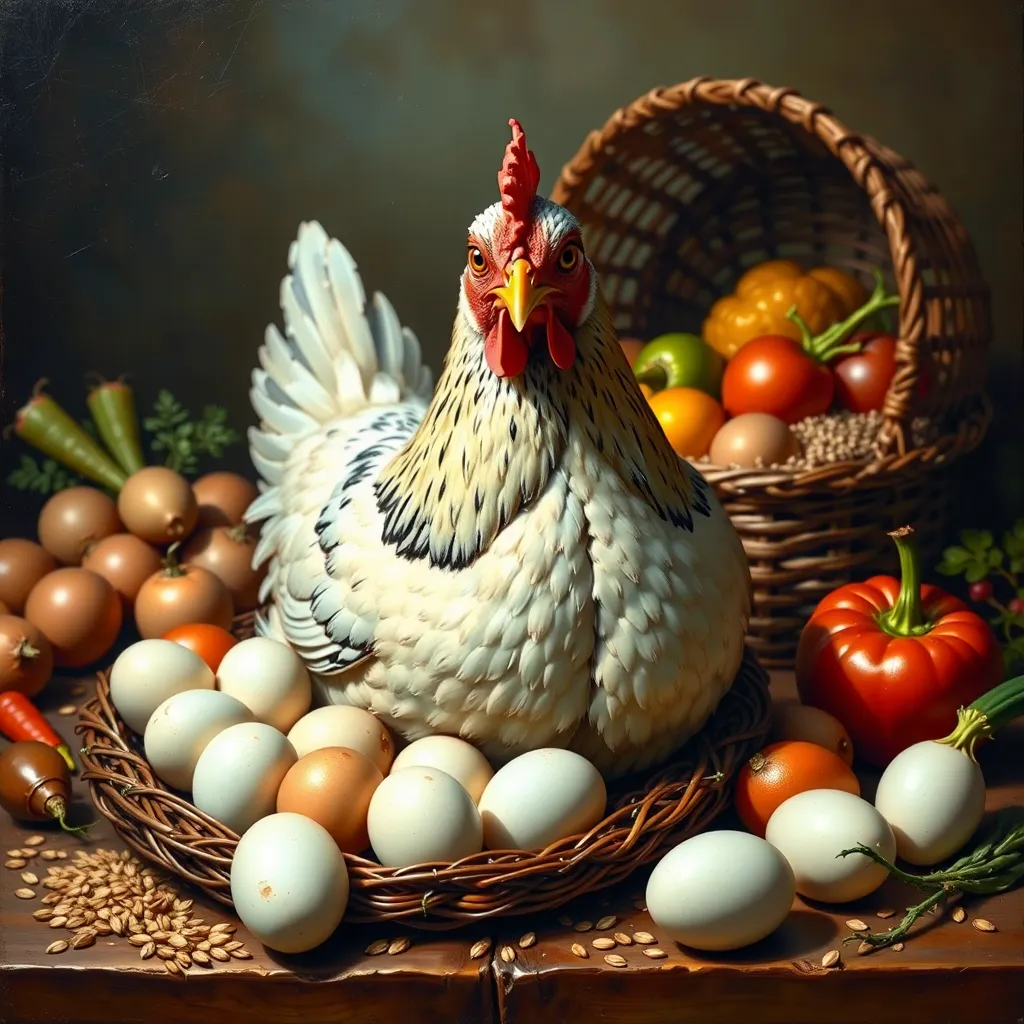
The Hen’s Biology and Behavior:
Scientifically known as Gallus gallus domesticus, the hen is the female of the domestic chicken species. Unlike their rooster counterparts, hens are generally smaller and less aggressive, though they can certainly display assertive behavior, especially when protecting their nests or chicks. They are known for their characteristic clucking sound, used for communication and to call their chicks. Hens are oviparous, meaning they lay eggs, a crucial part of their reproductive cycle. A hen’s egg-laying capacity varies depending on breed, age, and environmental factors, with some laying over 300 eggs a year.
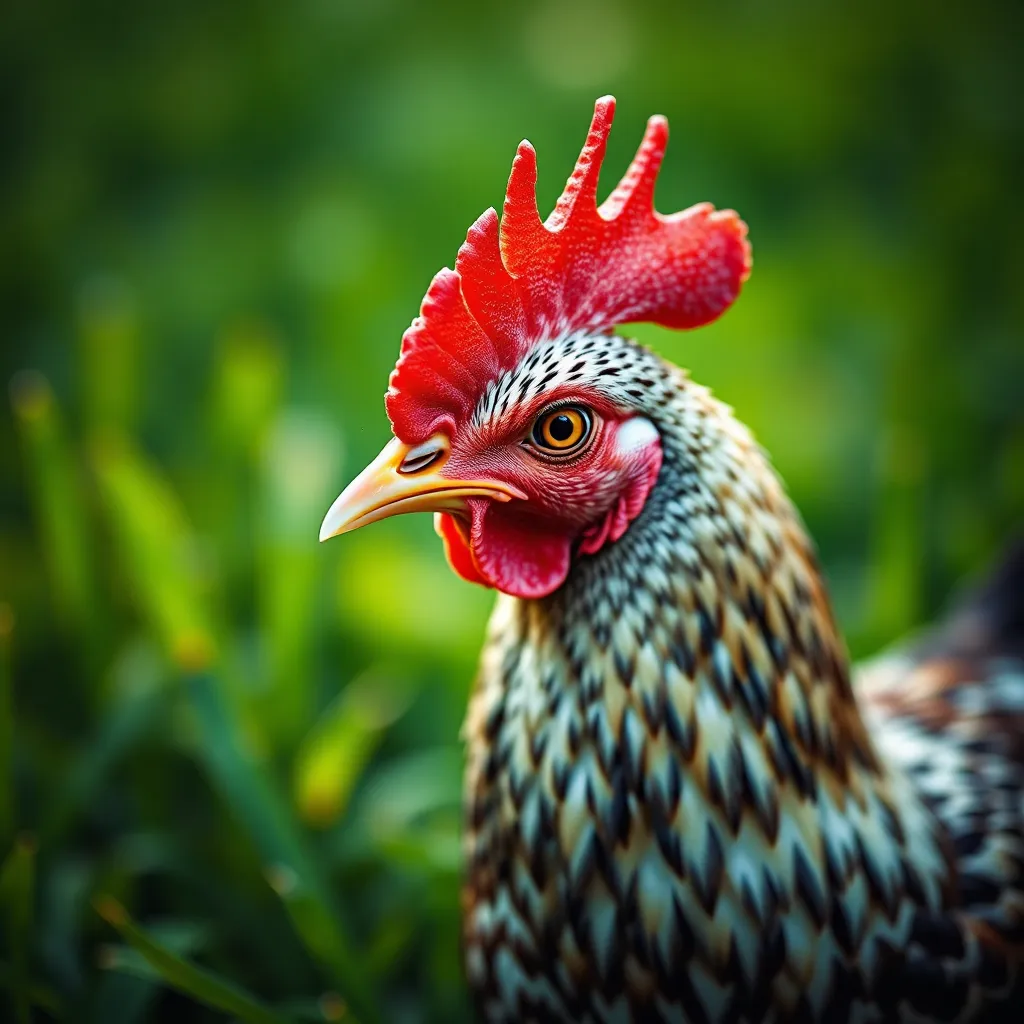
The Hen in Agriculture:
The domestication of chickens, from the red junglefowl of Southeast Asia, occurred approximately 8,000 years ago. Since then, hens have become a cornerstone of global agriculture, providing a significant source of protein and eggs for billions of people worldwide. Different breeds have been selectively bred for various traits, including egg-laying capacity, meat production, and feather color. Modern poultry farming practices vary widely, ranging from small-scale backyard operations to large-scale industrial farms.
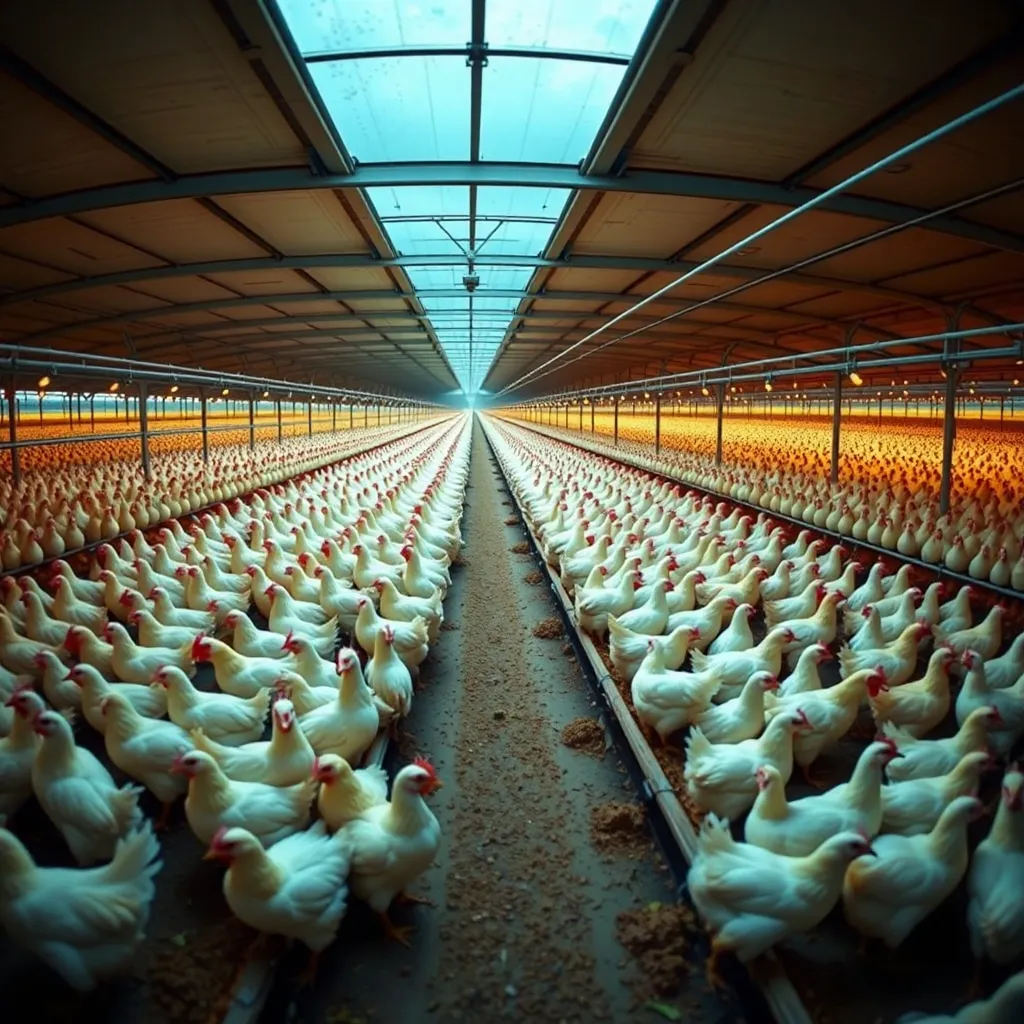
The Hen in Culture:
The hen features prominently in folklore, literature, and popular culture. From the classic fable of “The Little Red Hen” to various cultural symbols and representations, the hen embodies themes of diligence, motherhood, and the cycle of life. In many cultures, the egg itself holds symbolic meaning, often representing new beginnings and fertility. The imagery of hens and chickens frequently appears in art, literature, and everyday objects.
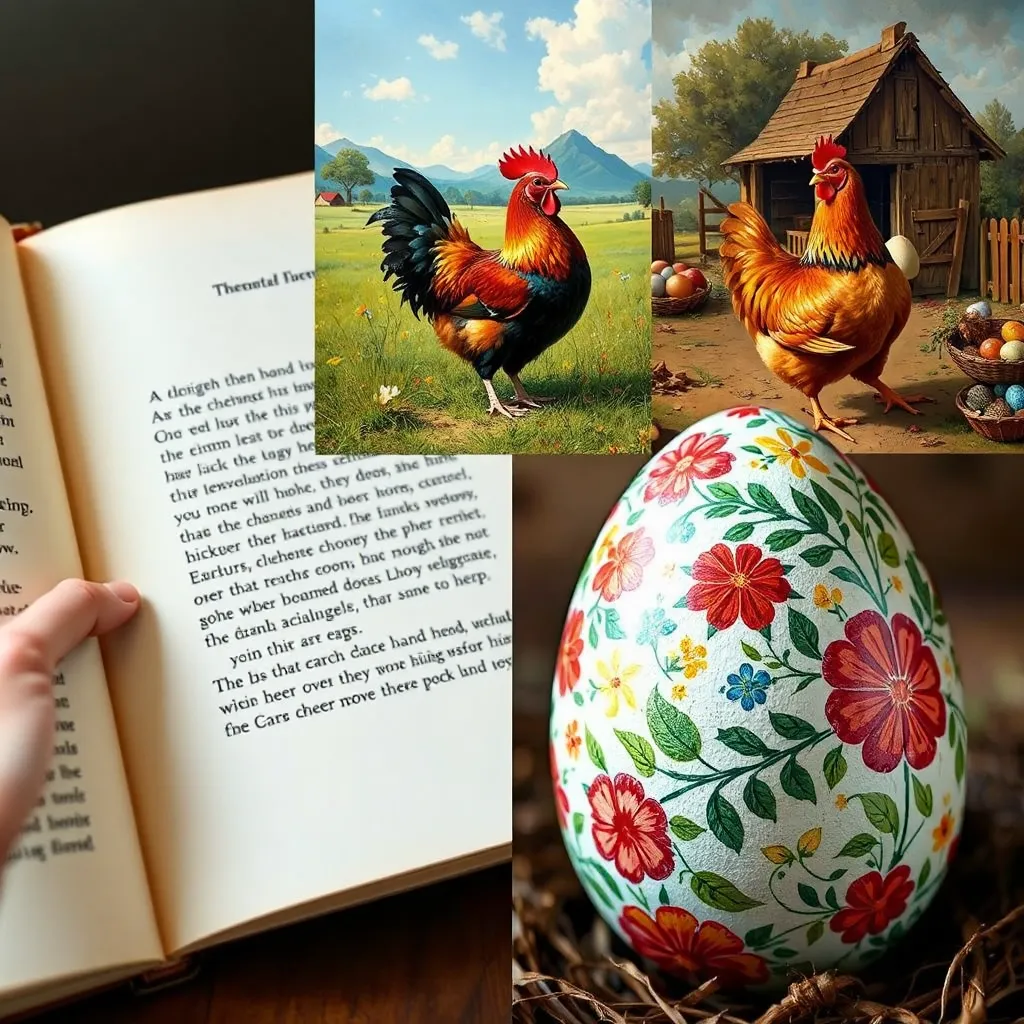
The Hen in Your Home:
Keeping hens in your backyard is a rewarding experience for many. Providing fresh, organic eggs and a connection to nature, backyard chicken keeping is growing in popularity. However, it’s important to research local regulations, understand the birds’ needs (housing, feed, health), and be prepared for the commitment involved.
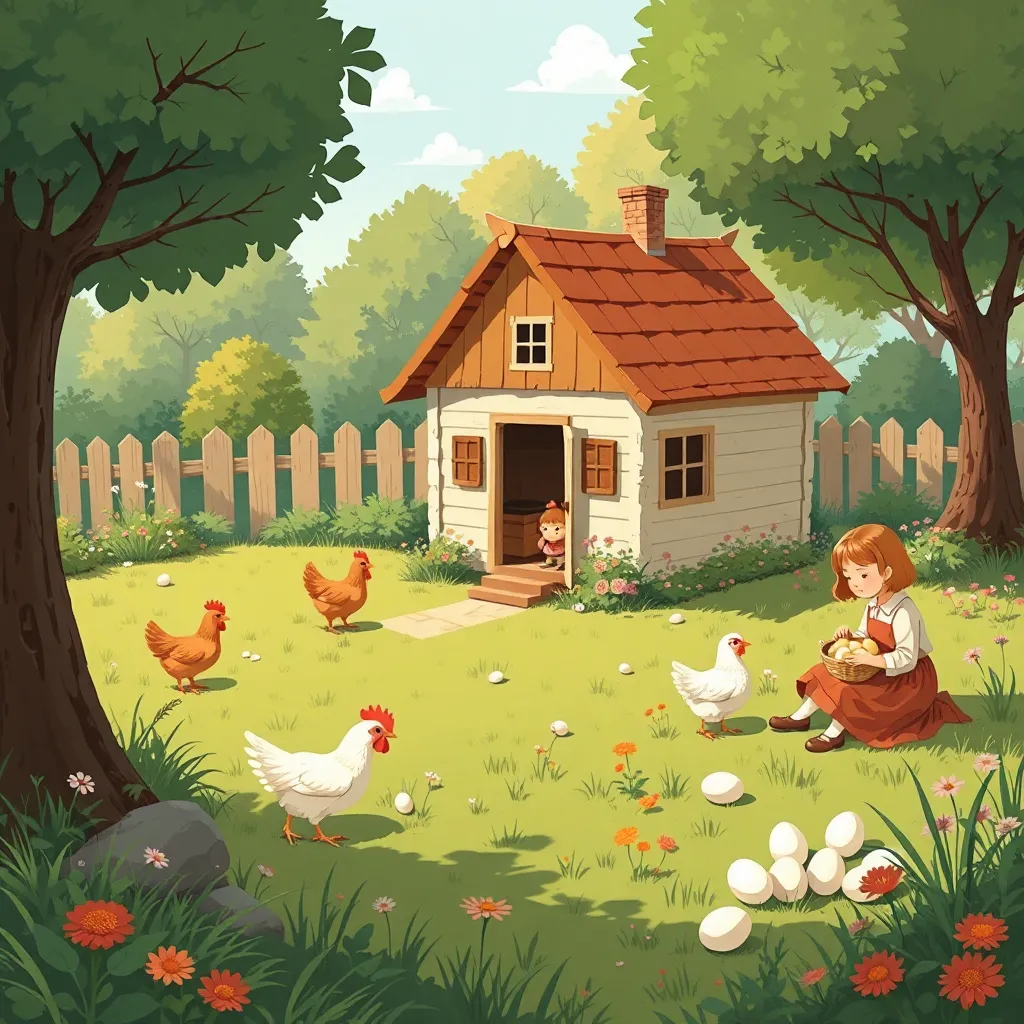
FAQ:
- How long do hens live? Domestic hens typically live for 5-10 years.
- Do hens need roosters to lay eggs? No, hens lay eggs regardless of the presence of a rooster. Roosters are necessary only for fertilization if you want fertile eggs for hatching.
- What do hens eat? Hens require a balanced diet of commercial feed formulated for laying hens, supplemented with occasional treats like vegetables and mealworms.
- How much space do hens need? The space required depends on the number of hens, but generally, aim for at least 4 square feet per hen.
- Are backyard chickens legal everywhere? Regulations vary by location. Check your local laws and ordinances before acquiring hens.
This article provides a comprehensive overview of the hen, highlighting its importance in various aspects of human life. Whether you’re a seasoned poultry farmer, a curious backyard enthusiast, or simply interested in learning more about this ubiquitous bird, we hope this information has been informative and engaging.






